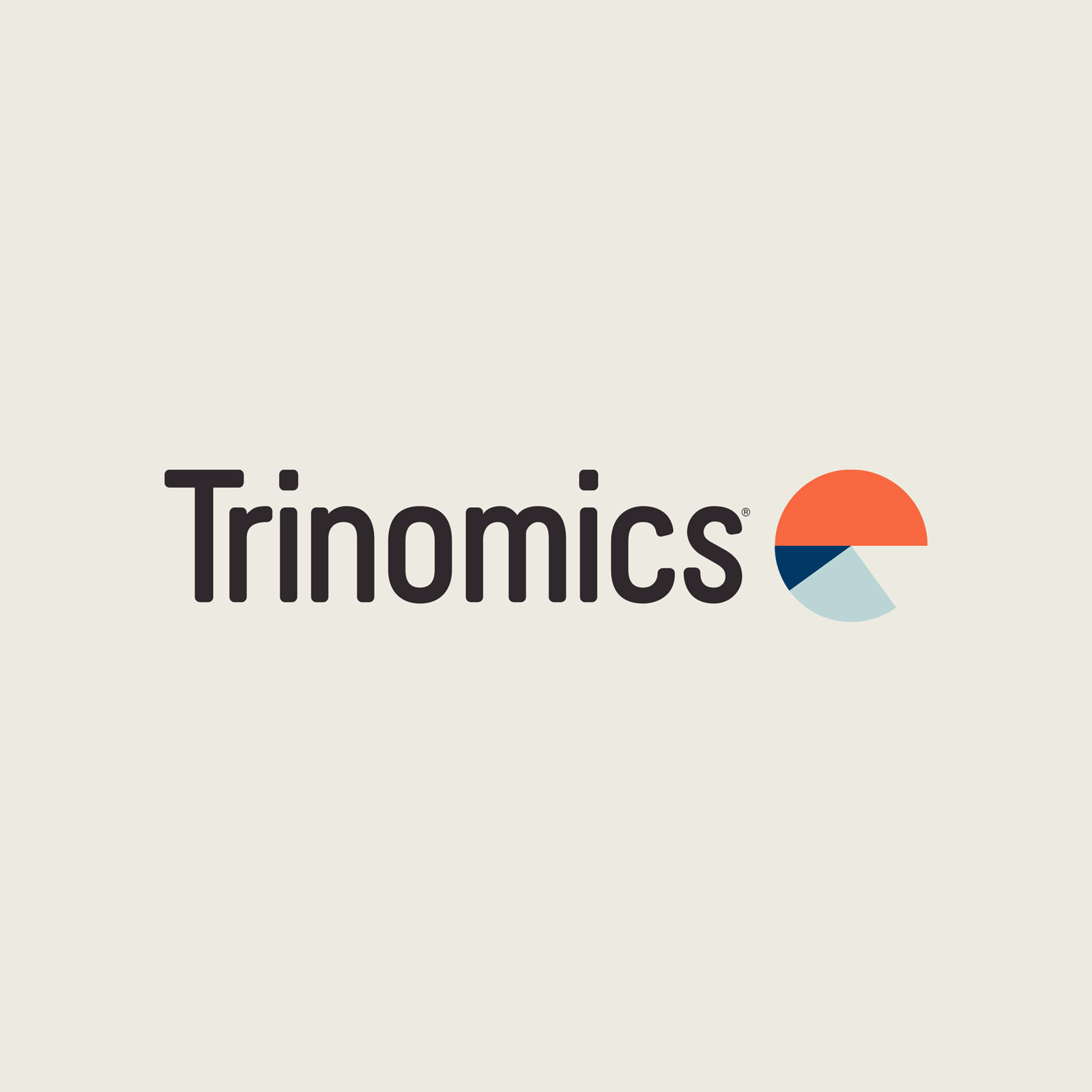- Client: Netherlands Ministry of Economic Affairs and Climate Action (EZK)
- Implementation period: February, 2022 - May, 2022 (Completed)
- Geographic coverage: The Netherlands
- Theme: Energy
- Topic: Energy Policy Regulation and Markets, Renewable and Low-carbon Energy
- Experts: Onne Hoogland, Joris Moerenhout, , Hans Bolscher
English: In this study Trinomics reviewed an initial design of a transition instrument (“overgangsregeling”) for the Dutch support for renewable electricity production on land (onshore wind and solar PV) after 2025, when the current pledge for support needs to be re evaluated. This new transition instrument is created to smoothen the transition to subsidy-free renewable energy production, especially ensuring that new investments/project development is ensured at a high level. The transition instrument is very similar to the SDE++ but with one main difference: an added downward correction for high market revenues above the subsidy price (basisbedrag) in order to limit windfall profits in case of rising electricity prices.
The goal of this study was to review the initial design of the transition instrument through further drafting the design, analyzing the impacts of the instruments (in terms of ensuring investment levels/WACC and subsidy costs), as well as formulating criteria for under which the instrument is necessary.
The main conclusions of the review are that the initial design of the transition instrument has several drawbacks, most notably that the ‘downward correction’ cannot be precisely predicted and is therefore arbitrary and that the uncertainty about intiation of the instrument also can have a negative impact on investment levels and project development. In addition, the study concludes that the added value of a separate transition instrument compared with inclusion in the current SDE++ scheme is limited. Therefore, the authors recommend to consider integrating the transition instrument – and thus the downward correction – in the current SDE++ scheme.
Dutch:
Deze studie onderzoekt het voorgestelde ontwerp van een mogelijke overgangsregeling waarmee de productie van hernieuwbare elektriciteit op land (wind op land en zon PV) na 2025 ondersteund kan worden. De aanleiding voor de studie is dat de overeengekomen overheidssteun aan hernieuwbare elektriciteit op land via de SDE+(+) op korte termijn afloopt. De overgangsregeling is ontworpen om een eventuele overgang van ondersteuning middels de SDE++ naar een subsidievrije markt meer geleidelijk te laten verlopen en de investeringszekerheid op peil te houden. Het grootste verschil met de huidige SDE++ is dat er een correctie wordt toegevoegd voor de kans dat projecten hogere marktinkomsten krijgen dan het basisbedrag (opwaarts prijsrisico). Het doel van deze studie is om deze overgangsregeling verder uit te werken, de impact te beoordelen (zowel op de investeringszekerheid/WACC en subsidiekosten) en criteria te formuleren om te beslissen of het invoeren van de regeling noodzakelijk is. De hoofdconclusies zijn dat het huidige ontwerp enkele nadelen kent, waaronder dat het bepalen van het opwaarts prijsrisico vrij arbitrair is en dat de onzekerheid over invoering negatieve invloed heeft op de investeringszekerheid. Trinomics ziet weinig toegevoegde waarde van een aparte regeling en raadt aan de regeling in de bestaande SDE++ te verwerken, waarbij er ook een correctie voor het opwaarts prijsrisico toegevoegd kan worden.
